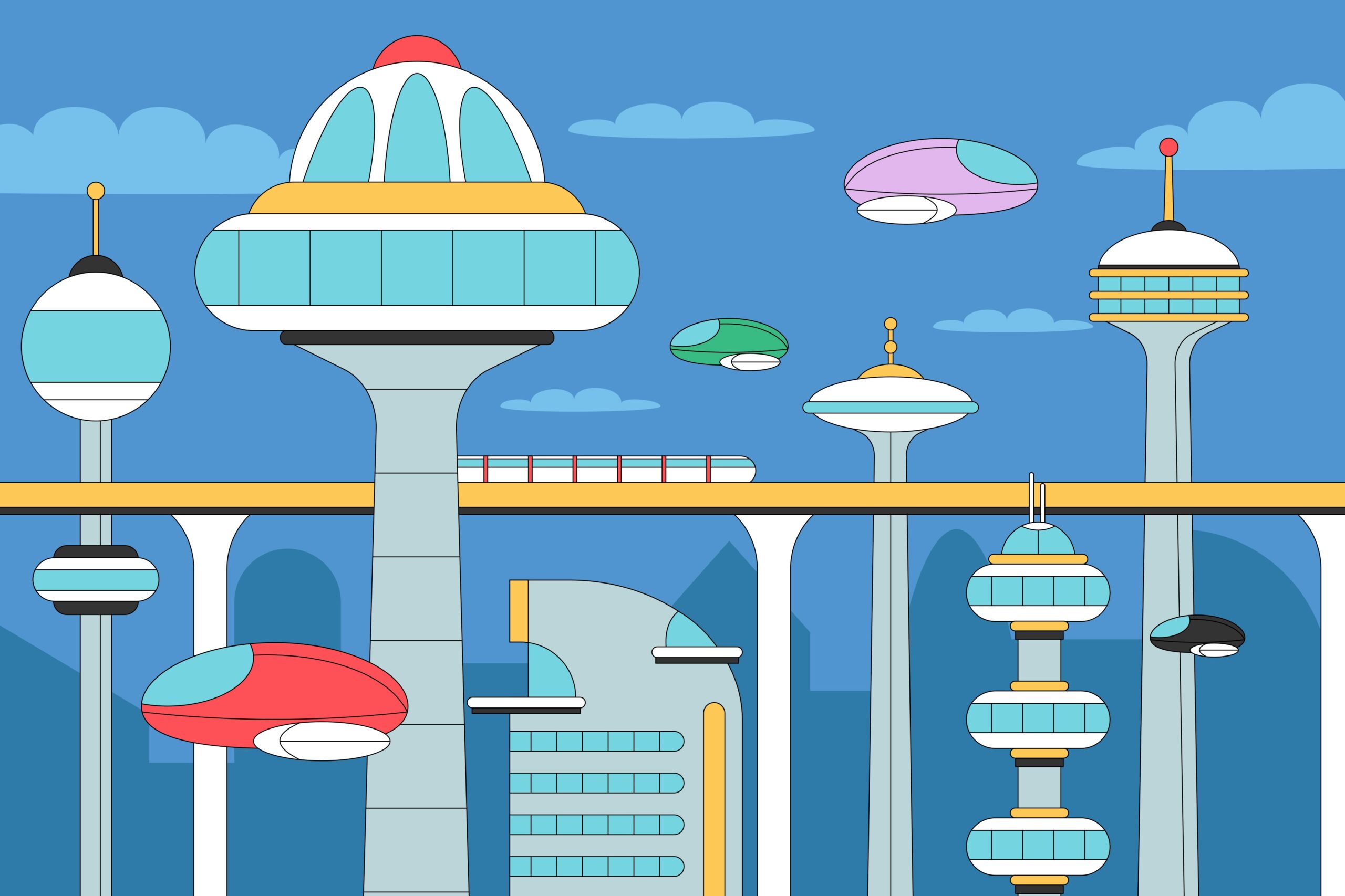The recent revelation that Google’s Gemini 2.0 Flash AI model can effectively remove watermarks from copyrighted images has sparked significant controversy, raising questions about the future of copyright and intellectual property in the digital age.
Gemini’s Watermark Removal Capabilities
Google’s Gemini 2.0 Flash is an advanced AI model capable of removing watermarks from images, including those from major stock photo providers like Getty Images. The AI not only erases the watermark but also reconstructs the underlying image, making it appear as though the watermark was never there. While labeled as “experimental” and restricted to Google’s AI Studio developer platform, the tool’s capabilities have raised alarms due to its potential for misuse.
Legal and Ethical Implications
Under U.S. copyright law, removing a watermark without the copyright holder’s permission constitutes a violation, as it alters protected content without consent. Watermarks serve as a key mechanism for asserting ownership and preventing unauthorized use of digital media. By bypassing these protections, Gemini undermines creators’ ability to control their work and opens the door to widespread copyright infringement.
Ethically, this capability challenges norms around intellectual property. Competing AI models like OpenAI’s GPT-4o and Anthropic’s Claude explicitly refuse to remove watermarks, citing ethical considerations and legal risks. The lack of similar restrictions in Gemini has drawn criticism, highlighting a disparity in how AI companies approach responsible technology deployment.
Impact on Creators and Industries
The ability to effortlessly remove watermarks threatens industries reliant on copyright protection, such as stock photography and digital media. Creators and agencies invest heavily in watermarking to safeguard their content and revenue streams. If tools like Gemini become widely accessible, they could erode the economic viability of these protections, making it easier for bad actors to exploit copyrighted material without detection or accountability.
Google’s Role and Response
Google has not yet issued a public statement addressing the controversy. The company has previously championed transparency in AI-generated content through tools like SynthID, which watermarks AI-generated images for traceability. However, Gemini’s ability to strip existing watermarks appears to contradict these efforts, raising questions about Google’s commitment to ethical AI practices.
Internally, Google is reportedly reviewing the socio-economic and legal implications of Gemini’s capabilities but has yet to propose concrete safeguards or policy changes. Critics argue that this silence exacerbates public unease and calls for stricter regulations on AI tools capable of altering copyrighted content.
Is Copyright Dead?
While copyright is far from “dead,” technologies like Gemini pose significant challenges to its enforcement. The ease with which watermarks can now be removed undermines traditional methods of protecting intellectual property. This development underscores the urgent need for updated legal frameworks and technological safeguards that can keep pace with advancements in AI.
In summary, Google’s Gemini 2.0 Flash highlights both the promise and peril of generative AI. While its capabilities are impressive from a technical standpoint, they raise profound ethical and legal concerns that demand immediate attention from policymakers, tech companies, and society at large.



![Tech 3 [LLM] When should I use the standard model or reasoning model?](https://genxnotes.com/wp-content/uploads/2025/03/getty-images-rRABVy8Bsiw-unsplash-scaled.jpg)






